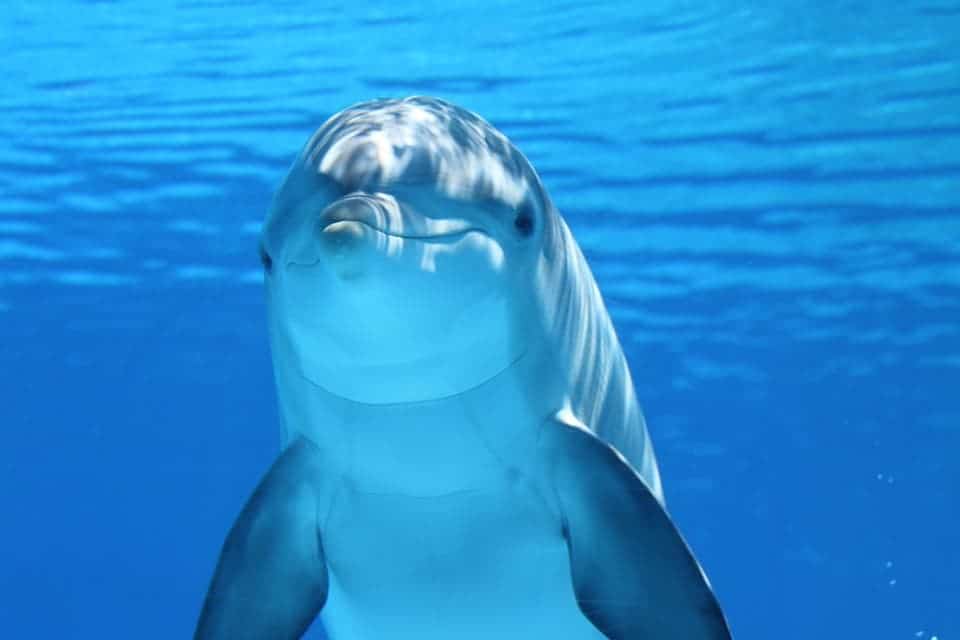Antibiotic resistance is reaching dramatic levels in some wild ecosystems, reports a study on bottlenose dolphins living in Florida’s Indian River Lagoon.

One of the scariest public health issues we’re contending with today is the rise of antibiotic resistance. Many common bacterial strains are evolving to resist the drugs we rely on to treat them, making even mundane infections potentially deadly — and antibiotic development isn’t keeping up.
Once primarily confined to health care settings, these resistant strains of bacteria are now commonly found in other places, especially marine environments, a new study reports.
No cure for the porpoise
“In 2009, we reported a high prevalence of antibiotic resistance in wild dolphins, which was unexpected,” said Adam M. Schaefer, MPH, lead author and an epidemiologist at Florida Atlantic University’s (FAU) Harbor Branch. “Since then, we have been tracking changes over time and have found a significant increase in antibiotic resistance in isolates from these animals.”
“This trend mirrors reports from human health care settings.”
The team from Florida Atlantic University’s Harbor Branch Oceanographic Institute, in collaboration with the Georgia Aquarium and the Medical University of South Carolina and Colorado State University, conducted a long-term study from 2003 to 2015 of antibiotic resistance among bacteria retrieved from dolphins (Tursiops truncatus) in Florida’s Indian River Lagoon. The site was picked because this lagoon has a large coastal human population with a pronounced environmental impact.
Using the Multiple Antibiotic Resistance (MAR) index, the researchers obtained a total of 733 pathogen isolates from 171 individual bottlenose dolphins. Several of these strains are important human pathogens, the team explains.
“Based on our findings, it is likely that these isolates from dolphins originated from a source where antibiotics are regularly used, potentially entering the marine environment through human activities or discharges from terrestrial sources,” Schaefer explains.
The overall prevalence of resistance to at least one antibiotic for the 733 isolates was 88.2%. The highest prevalence of resistance found by the team were to erythromycin (91.6% of isolates), ampicillin (77.3%) and cephalothin (61.7%), and resistance to cefotaxime, ceftazidime, and gentamicin increased significantly between sampling periods for all the isolates.
Resistance to ciprofloxacin among E. coli isolates more than doubled between sampling periods, the team reports, reflecting recent trends in human clinical infections. The MAR index increased significantly from 2003-2007 and 2010-2015 for Pseudomonas aeruginosa and Vibrio alginolyticus. P. aeruginosa causes respiratory system and urinary tract infections among others, while the latter is a common pathogenic strain of Vibrio found to cause serious seafood-poisoning.
“The nationwide human health impact of the pathogen Acinetobacter baumannii is of substantial concern as it is a significant nosocomial pathogen with increasing infection rates over the past 10 years,” said Peter McCarthy, Ph.D., co-author, a research professor and an associate director for education at FAU’s Harbor Branch.
“The high MAR index for this bacteria isolated from dolphins in the Indian River Lagoon represents a significant public health concern.”
The paper “Temporal Changes in Antibiotic Resistance Among Bacteria Isolated from Common Bottlenose Dolphins (Tursiops truncatus) in the Indian River Lagoon, Florida, 2003-2015” has been published in the journal Aquatic Mammals.






